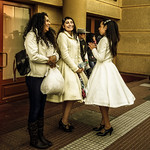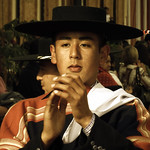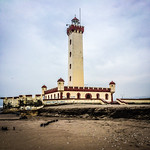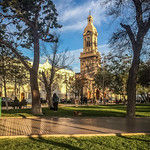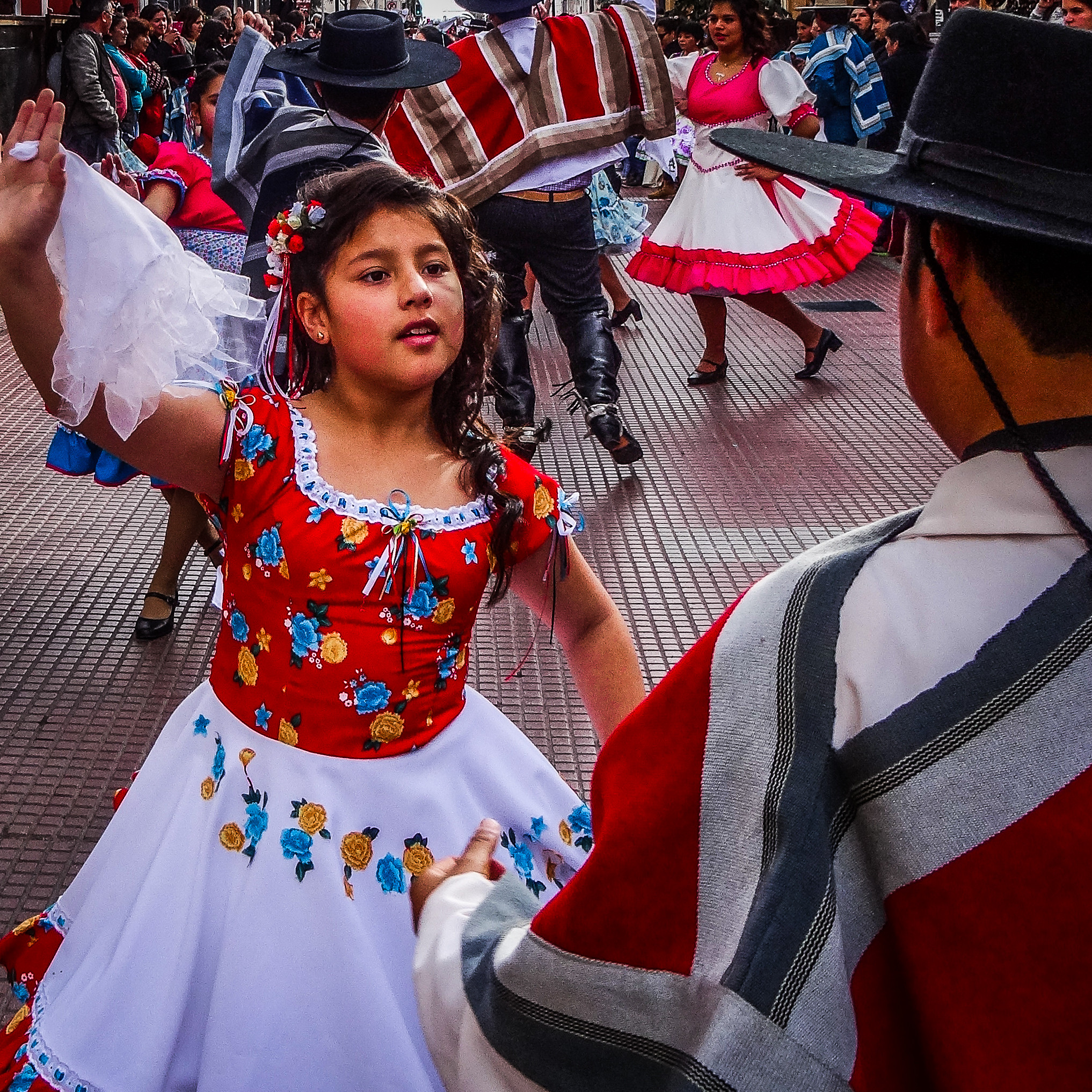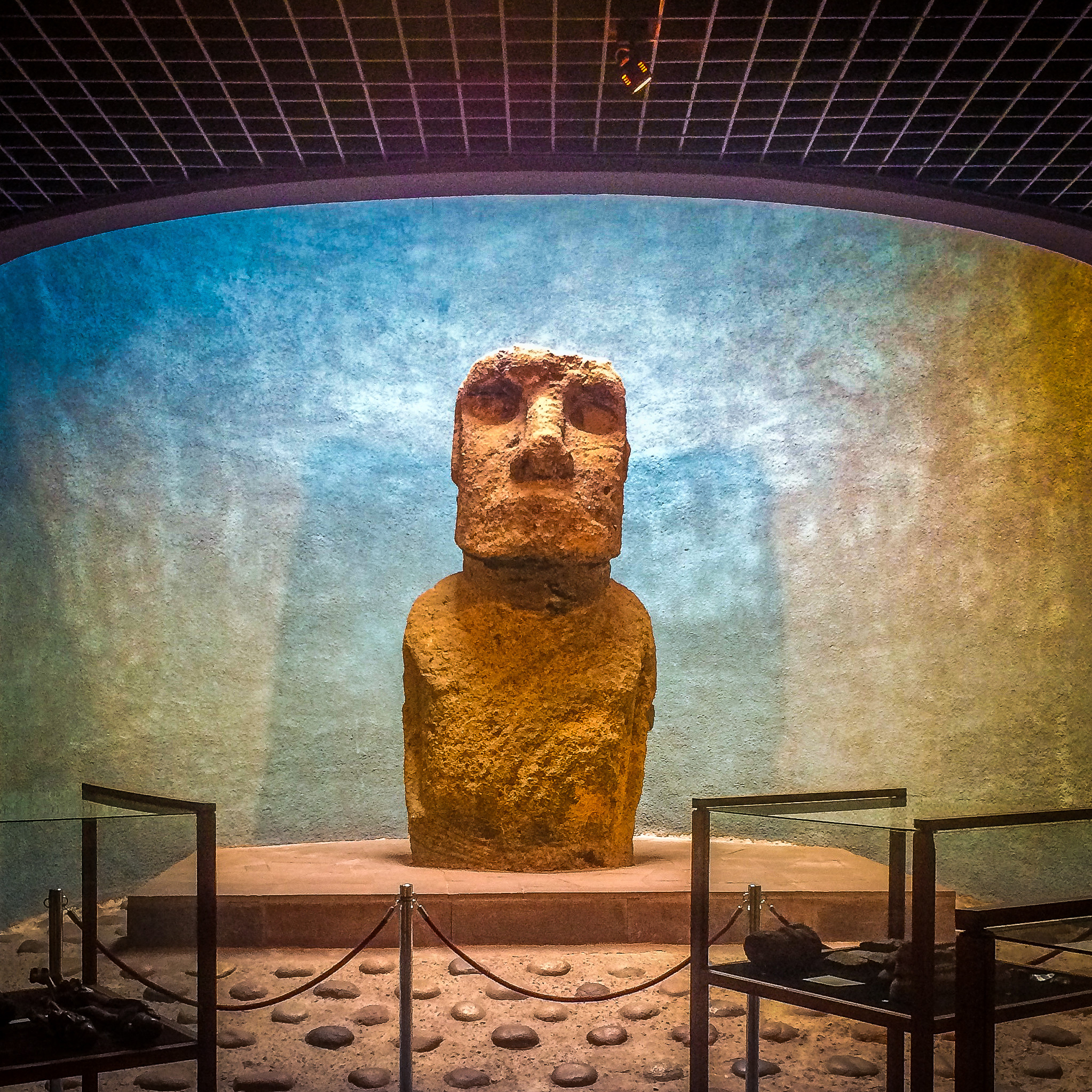The calling of La Serena
The second oldest town in Chile, la Serena, takes pride in its history. Or rather, in its early connection to Mediterranean Europe. The town, set a kilometer or two from the seashore, is practically indistinguishable from a well off Spanish or Italian coastal town. Plenty of barrel vaulted Romanesque churches, heavy sprinklings of renaissance architecture, with the occasional colonial construction thrown in for good measure. Green, heavily pedestrianized, lots of street fairs.
And, a Japanese garden.
Yet, the beach feels underutilized. Mostly empty, just a few food stands cater to those who make the trek to the old lighthouse, at the end of a longish road that might one day be a nice boulevard. Newly constructed apartment buildings still stand empty but are ready to give their future inhabitants pleasant sea views.
With the grey skies on my first day, the coastal view felt rather forlorn. In fact, quite similar also in how the beach is treated in plenty of Arab countries; as an afterthought to urban life. Construction underway but no one really interested, empty playgrounds, a forgotten lighthouse.
From the platform surrounding the light house, looking back towards the city, snow capped mountains are looming in the far distance, the Andean ridge separating Chile from Argentina.
Strangely, the eateries on the beach seem to be predominantly Arab. Santiago has the largest contingent of Palestinians outside of Palestine. It seems some went further afield, in search of commercial success.
Immediately recognizable gypsies, women in typical dress lugging around young children, ask for money on La Serena's main square. How did they get here?
One, after first asking for money, came over for a chat, fascinated by my Kindle and then explaining that they were, indeed, gypsies. "Do you know what that means?"
La Serena, during my stay, saw a festival of festivals. The first La Serena film festival, an indigenous foods festival (grilled goat cheese on fresh bread with palta, yum!), an arts and crafts festival, a breast feeding festival (I kid you not), an indigenous arts and crafts festival, a music and dance festival, a sweets festival. Where would it end?






